
Winter is a magical time for exploring historical sites around the world. While the summer months attract throngs of tourists, the winter offers a unique opportunity to discover the past without the bustling crowds. From majestic castles to ancient ruins, the serene beauty of these sites touched by the frost can be an experience like no other.
Not only does traveling in the off-season promise quieter visits, but it often comes with cost savings on flights and accommodations. In this article, we explore some of the best historical destinations to visit during the winter months.
Alhambra, Spain
The Alhambra, a UNESCO World Heritage Site, is one of Spain’s most visited attractions. Located in Granada, this magnificent palace and fortress complex is significantly less crowded during the winter. The absence of long lines means you have more time to appreciate the intricate Moorish architecture and breathtaking views of the snow-covered Sierra Nevada mountains in the distance.
The cooler temperatures also make for a more comfortable climb during your exploration of the Generalife gardens. The interplay of light and shadow across the ancient walls during this season adds an ethereal quality to your visit.
Neuschwanstein Castle, Germany
Neuschwanstein Castle looks like something straight out of a fairy tale, and even more so in winter when it’s dusted with snow. Located in the Bavarian Alps of Germany, this 19th-century masterpiece is a must-see for history and architecture lovers.
In the colder months, the number of visitors drops significantly, allowing you to have a more intimate experience. The surrounding forests and rugged terrain add to the castle’s allure, creating picturesque scenes perfect for photography.
Angkor Wat, Cambodia
Angkor Wat is mesmerizing at any time of year, but visiting during the winter months provides a welcome escape from the usual heat and humidity. This ancient temple complex, considered the largest religious monument in the world, offers an awe-inspiring look into the Khmer Empire’s grandeur.
Winter typically brings drier, cooler weather, making exploration more enjoyable. You can wander around the expansive ground in relative peace, marveling at the intricate carvings and historical significance without the rush of peak season tourists.
Machu Picchu, Peru
The Incan city of Machu Picchu is breathtaking all year round, but the off-season brings a tranquility that enhances its mystical atmosphere. Although winter in the Southern Hemisphere is synonymous with summer, visiting from November to April can still be considered off-peak.
The Peruvian Andes envelop Machu Picchu in a lush green during this time, thanks to the rain. While some days might be misty, these conditions add an extra layer of majesty to your exploration, as the clouds weave in and out of the stone structures.
Petra, Jordan
Without doubt, Petra is one of the globe’s most extraordinary archaeological wonders. Carved into rose-red cliffs by the ancient Nabataeans, the ancient city is an iconic symbol and a bastion of history and culture.
Winter in Petra means fewer crowds and cooler weather, ideal for hiking around the site’s vast trails. The softer light of winter also brings out the rich hues of the sandstone, creating an unforgettable spectacle at dawn and dusk.
Conclusion: Embrace the Charm of Historical Off-Season Travel
Visiting historical sites during the winter months might require warmer clothing and strategic planning, but the rewards are plentiful. The opportunity for serene exploration, coupled with the picturesque enhancements that winter adds to these spots, is a traveler’s dream.
Consider adding these unforgettable historical destinations to your off-season travel plans. With fewer tourists and the mystique of winter, this might become your favorite travel season.
Winter is a magical time for exploring historical sites around the world. Traveling in the off-season promises quieter visits and cost savings. 

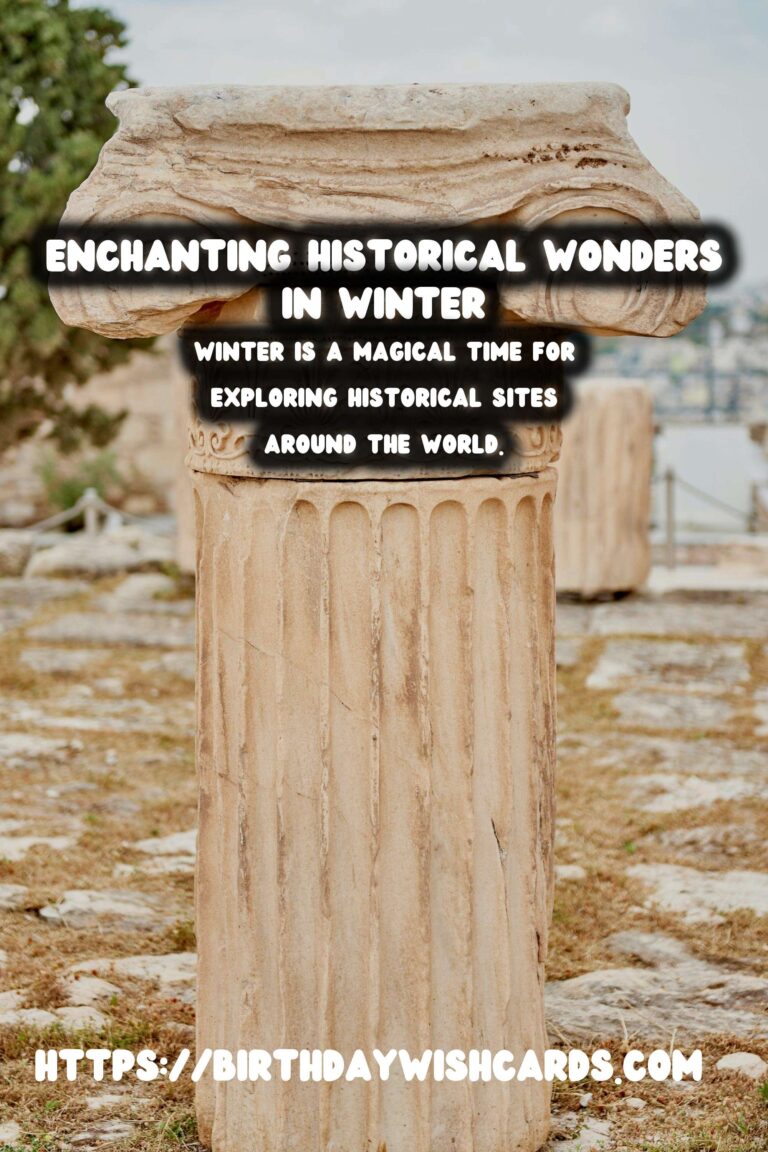



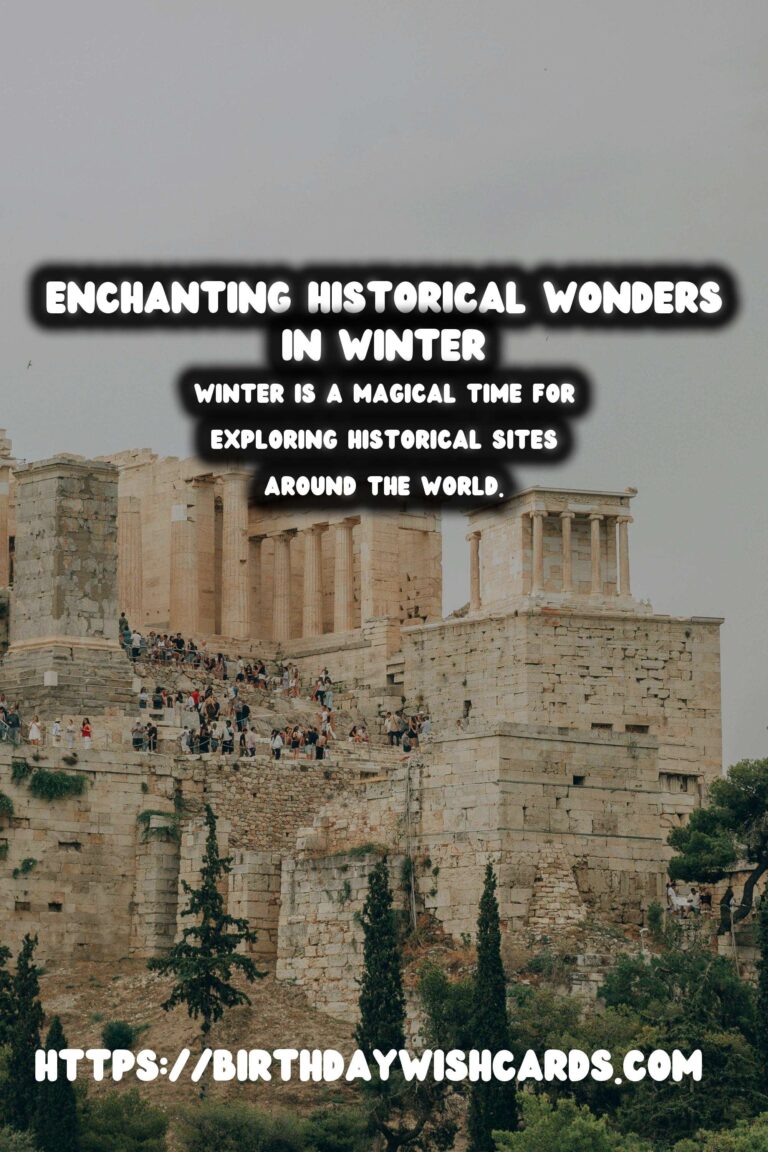
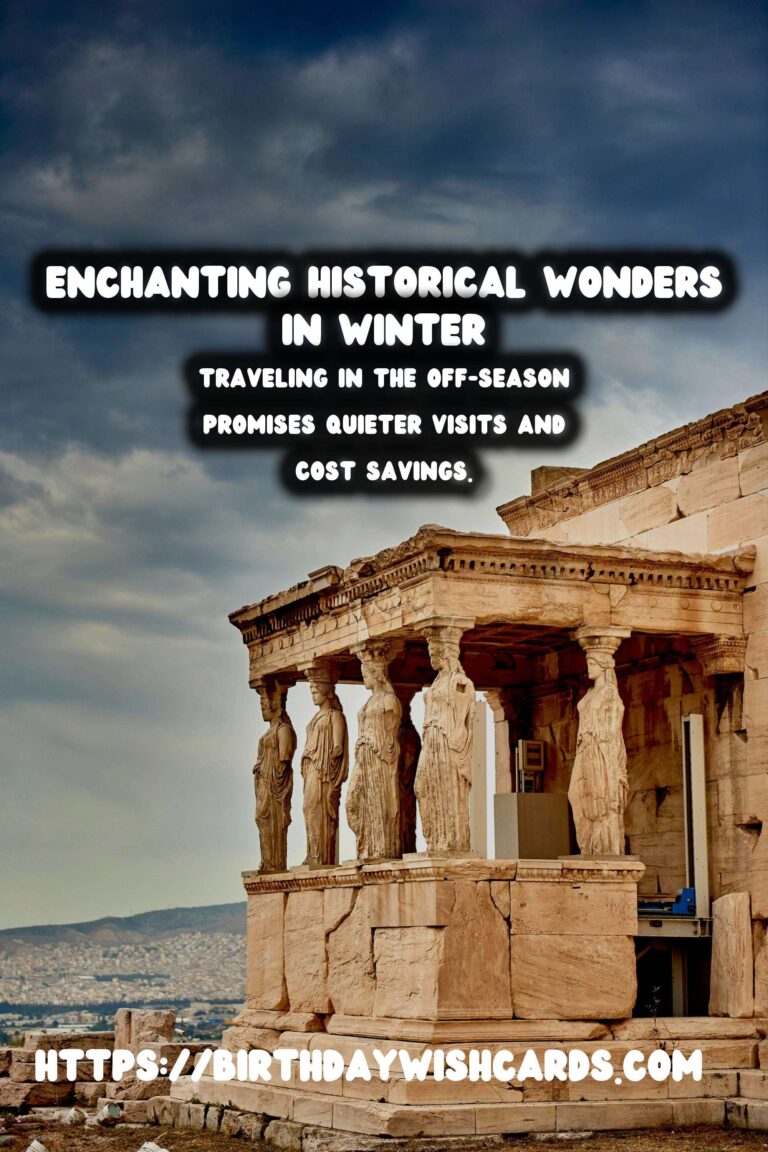
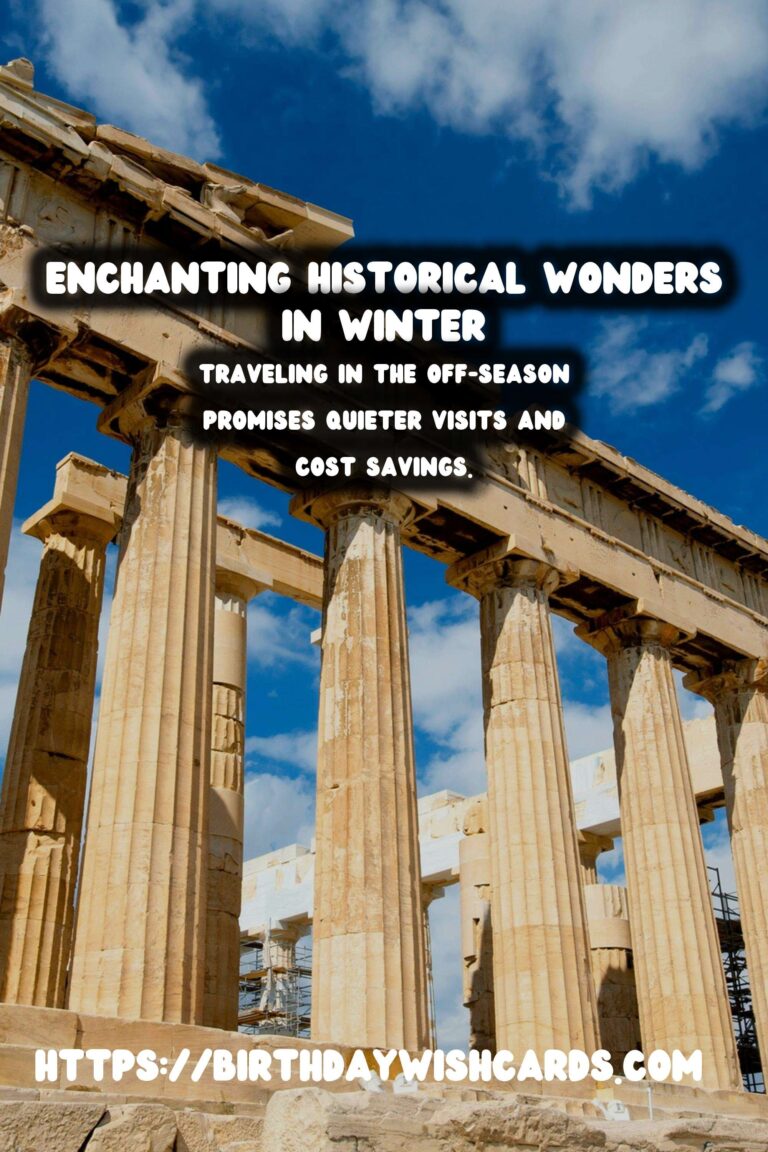
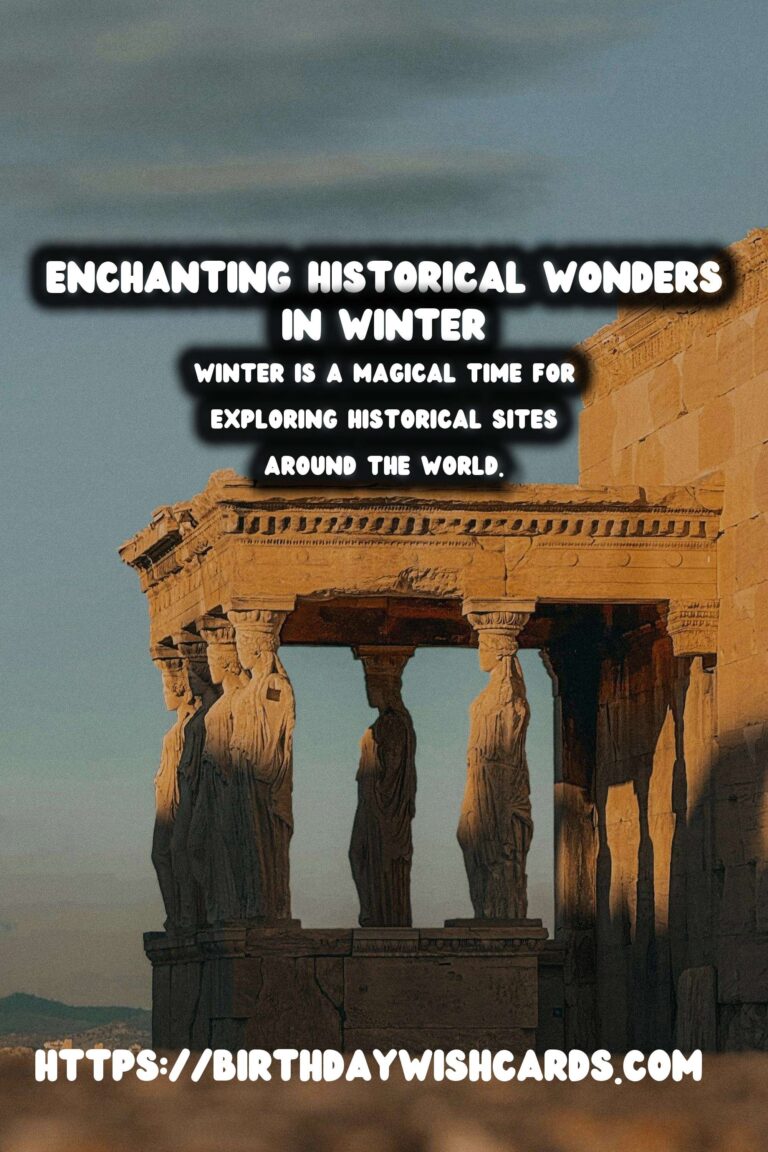
#OffSeasonTravel #HistoricalSites




